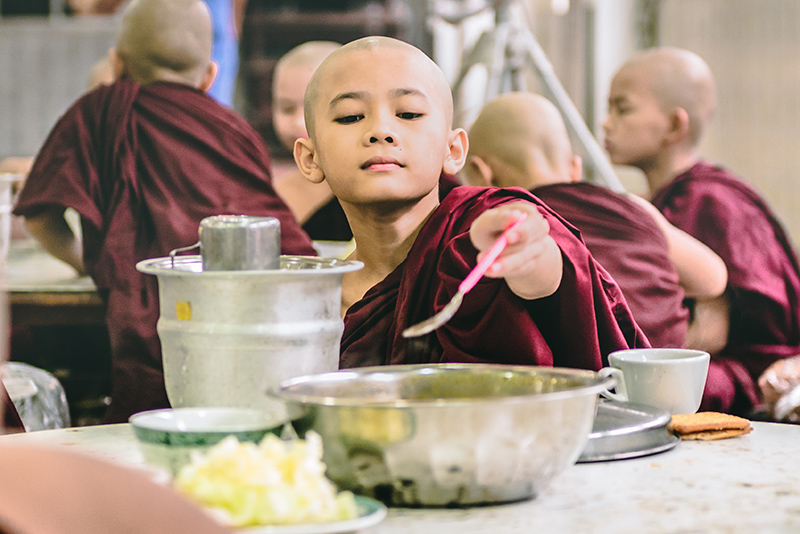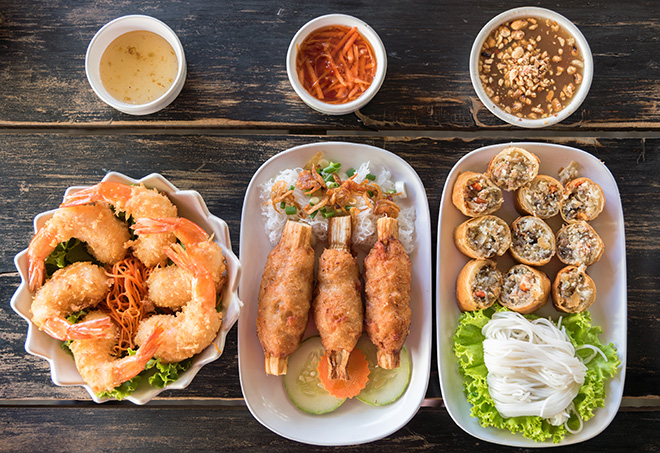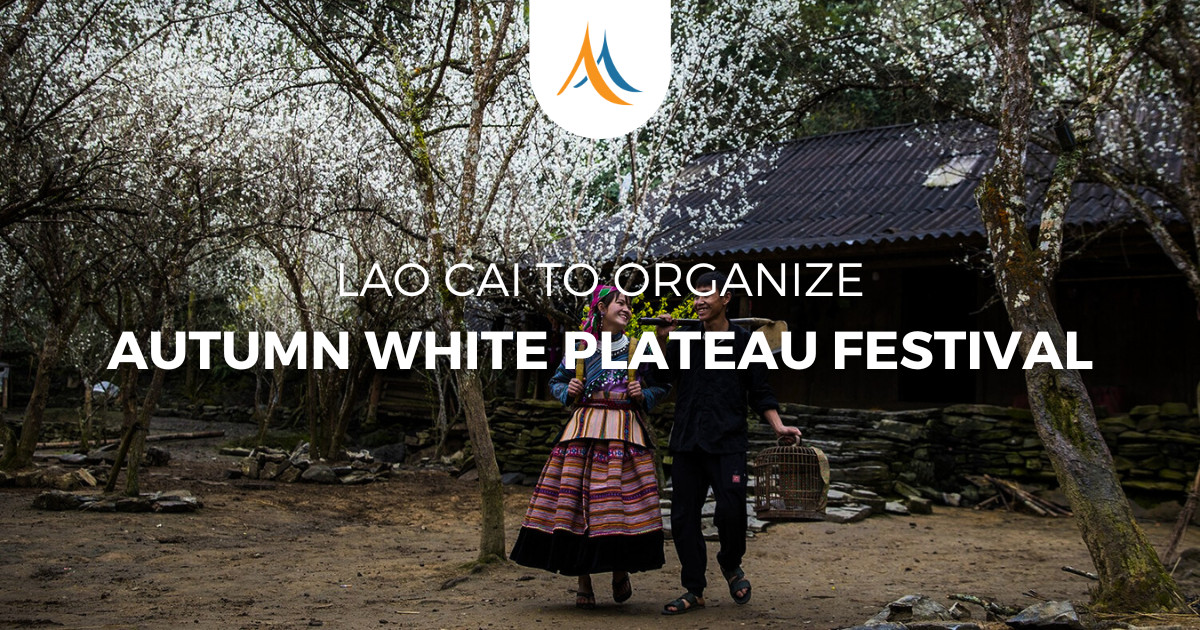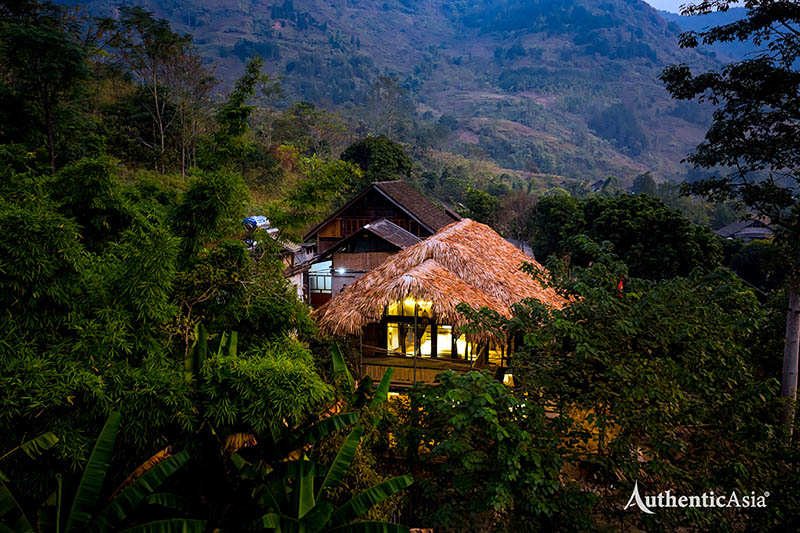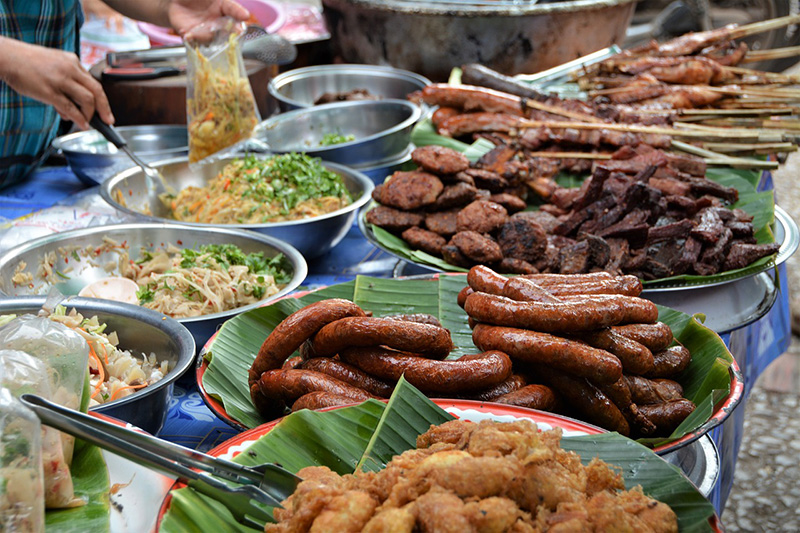
Have your mouth watering with tasty Cambodian Foods
Wed, 02/05/2020 - 17:11
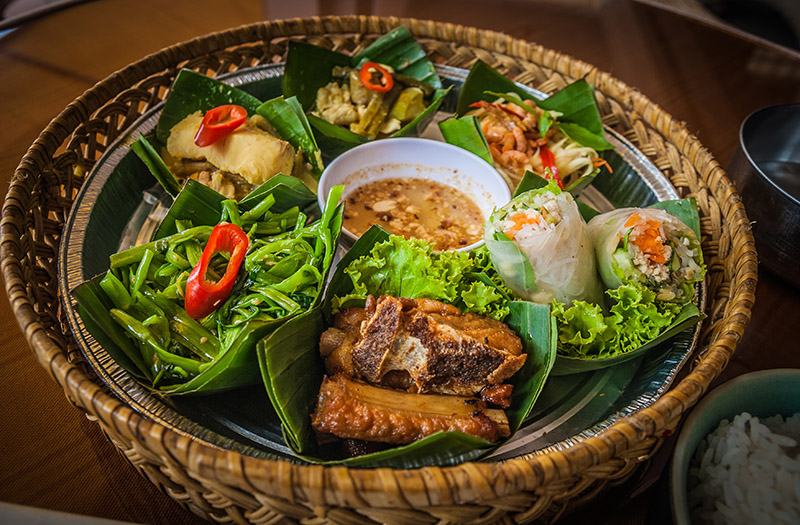
How to describe Cambodian food in 3 words
If I have to choose 3 words to describe Cambodian food, it would be Rich - Spicy - Diverse.
Rich because Cambodians usually use a lot of sauce in its dish, especially fermented sauces. It could be paste-based ingredients or pickled ingredients. Mam is the general term for fermented ingredients created from aquatic animals, usually fish or shrimp. Prahok and kapi are some of the popular based for sauces that use pickled aged ingredients. The key to such a rich taste is how long it takes for both mam or prahok to fully reach its potential taste. It usually takes at least 1 year. Rich also because most dishes use all kinds of herbs.
Spicy because pepper, especially black pepper, can be tasted in 9 out of 10 dishes. Chili pepper or ginger is also commonly used. Pepper in Cambodia gives off a very distinct smell and taste that boost all your appetize up before even have a bite.
Diverse because Cambodian food not only have tons of small ingredients, many sauces, many herbs and many spices but also is known for the creativity of mixing things up into a massive collection of dishes. Some mixture may struck you with surprise of a hint of “why would they do that” moment but take a bite and everything will make sense.
Cambodian Food that make your mouth water
Amok:
Although Amok can be found in other similar meals in neighboring countries, Amok of Cambodia stands out with an addition of slok ngor, a local herb that imparts a subtly bitter flavor. Little things count when it comes to the delicacy of food.
The original dish was made with either fish or snails, but now it can be chicken or be altered for vegan’s meals. This dish is composed of a rich and creamy curry that is the top-notch balance of ginger, lemongrass, turmeric and coconut milk. When cooked correctly, the fish is so silky smooth that you can feel it melting inside your mouth. For the decoration, amok is usually served wrapped in a banana leaf, making it all very authentic.
Samlor korkor
Samlor korkor, meaning stirring soup, is one of the rare traditional dishes that surpass hundreds of years from the old days to still be present in today’s Cambodian meal. Now it can be found anywhere, from high-end restaurants to the down-to-earth roadside food stalls and family homes.
Samlor korkor is a soup comprising of a wide variety of ingredients, including dozen vegetables. Almost any type of meat can be cooked for this dish, but most of the times it's a hearty soup made from catfish and pork belly. You can be as creative as you can but this dish can not miss 2 things: prahok - a type of fermented fish sauce & kroeung, a fragrant curry paste.
Nom banh chok: Khmer noodles
Just like Pho in Vietnam or Spaghetti in Italy, Nom banh chok is a typical breakfast food or just a noodle dish that you can enjoy any time of the day. In Cambodia, sights of women carrying baskets of fresh rice noodles hanging from a pole balanced on their shoulders are more than familiar. This dish is loved by locals and by many travellers.
The dish consists of fresh noodles handmade pounded out of rice, topped with a fish-based green curry gravy made from lemongrass, fingerroot ginger, turmeric, and garlic. Both as additions to the taste and a twist to the delicate decoration, fresh cucumbers, banana flower, long beans, edible flowers, and wild leaves are heaped on top of the dish. In Siem Reap, nom banh chok is served with tuk paem - a sweet sauce made from palm sugar and peanuts.
Nhoam krauch thlong: Pomelo salad
Instead of vegetables, Cambodian salads often use unripe or sour fruits. In this delicious and refreshing food, giant pomelo is paired with pork belly, toasted coconut, and small dried shrimp garnished with mint and fried shallots.
The intriguing part of making this dish is how even chefs may have some hard time peeling pomelo and then separate the tiny juice vesicles inside; otherwise, the taste of shredded pomelo will be bitter and ruin the whole sensation of this dish. Laborious work in the end pays off in a delicate, beautifully balanced salad.
Kha trei svay kchai: Caramelized fish with fresh green mango
Trei roh, or striped snakehead fish, is one of the few fish able to walk on land and it would be funny to see one jumping out of vendors’ baskets and trying to run away. Other than that, the fish is tasteful.
First, thick steaks of trei roh fish are placed in a pot of bubbling, caramelized palm sugar, garlic, and fish sauce, plus plenty of locally grown ground black pepper. During cooking, quartered red tomatoes are often added.
Breaking up the fish is not nice at all, so to avoid this, the pot is not stirred. Instead, the pot is lightly shaken from left to right to distribute the caramel syrup evenly. The final dish is then served topped with grated green mango and Asian basil.
Somlor proher: Fragrant vegetable soup
Somlor proher is an aromatic vegetable soup, originating from the old Cambodian villages. The soup's base comprises of a lemongrass paste made with fingerroot ginger, and it can be made with how much of vegetables as one wishes, usually home grown or foraged.
Common ingredients are pumpkin, taro, and luffa gourd. A must-have twist to the dish is lemon basil, also known as "the herb for somlor proher." The soup usually contains fish, fermented, dried, and fresh, but otherwise it can also easily be made "mhob bouh," "as the monks eat" - an idiom meaning vegetarian, even though Cambodian monks don't necessarily avoid meat.
Num ansom: Sticky rice cakes
These sticky rice cakes wrapped in banana leaves are so symbolic of Cambodia that in 2015 the government decided to make a giant num ansom over 8,900 pounds and displayed it in front of the renowned Angkor Wat to earn a place in the Guinness Book of World Records.
The cakes can be sweet or savory, with fillings of bananas and coconut or pork and mung beans. For big celebrations, like Pchum Ben (Ancestor's Day) or Khmer New Year, women spend days making hundreds of num ansom to share with family and friends and give to monks at the pagoda.
Aluek trei ngeat: Dried fish and watermelon
The 2 main ingredients for this, if put separately, are quite normal to eat but when first heard of the unexpected combination of these 2 in Aluek trei ngeat, even an avid eater gets suspicious. All the suspicions or confusions are cleared once you taste the perfect sweet-and-umami contrast of salted and dried snakehead fish and thick chunks of sweet ripe watermelon.
Plea sach ko: Lime-marinated beef salad
Another salad is simple yet inviting is Plea sach ko, a Khmer beef salad featuring thinly sliced beef that is either quickly seared or "cooked" ceviche-style by marinating it in lime juice. Dressed with a complicated collection of lemongrass, shallots, garlic, fish sauce, Asian basil, mint, green beans, and green pepper, this sweet and salty dish also boost the spice up with copious amounts of fresh red chilies. More beef than salad, plea sach ko is a fun party dish that is served at festive occasions such as weddings, or alongside beer during a night out of the town.
Kangkep baob: Stuffed frogs
This final one is for the brave ones. Believe me, frog meat tastes just like chicken but with tougher texture and richer taste. Served at roadside barbecues all over Cambodia, this dish can soon be your favorite once you get over your fear.
Kangkep baob are stuffed with a lot of things: minced pork, roasted peanuts, red chilies, frog meat and fresh kroeung made from lemongrass, garlic, galangal, turmeric and the zest of makrut limes. Grilled inside split pieces of bamboo over hot coals, the final snack is like a frog sausage, which is rich with root spices and slightly sweetened by palm sugar.


